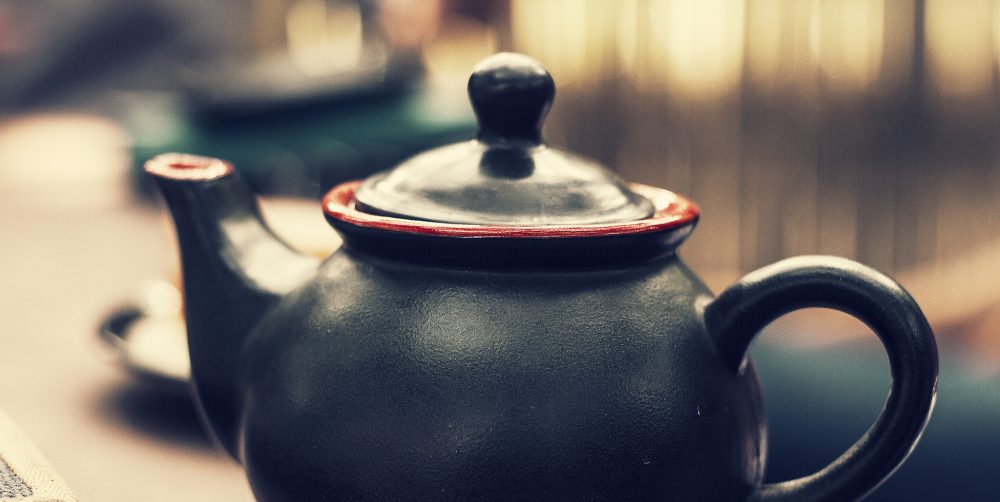The Way of Tea
The Sublime Art of Oriental Tea Drinking
by Master Lan Kam Chuen
This is my first book review, so please bear with me, and any feedback is always appreciated!
In search of a way to learn more about tea and its history, the first book I chose was “The Way of Tea” by Master Lan Kam Chuen. Overall I found it to be a good introduction to tea, and I learned a lot that I didn’t know before. The book was broken into four sections: Tea Story, Cultivating Tea, Tea Time, and Healing Teas.
Tea Story was all about the history of tea and how it became to be so popular. This was an interesting section that went into the basic history and lore of tea without getting into so much detail that it felt like I was reading a history textbook. It deals primarily with China but also included sections detailing the various tea customs from other areas like Korea, Thailand, and Russia. It also has a fairly short section on how the tea trade grew in popularity in Europe. I really liked all of the pictures of ancient artifacts and paintings here.
The second section, Cultivating Tea, deals with the different types of teas and how they are prepared. This was probably my favorite section. It begins with an overview of the tea plant itself (Camellia Sinesnsis). It also has a detailed section about the process of preparing tea, both historically and today. It concluded with a fairly detailed explanation of the differences between the types of tea (green vs. black etc).
The third and fourth sections were only of passing interesting to me. the third dealt with the traditional “Kung fu” tea ceremony that many practice when drinking tea, and included detailed instructions. This was kind of neat to page through, but I had no real interest in trying to learn how to do this. The fourth section is an overview of different herbal teas and what types to drink for certain ailments. While I don’t discount the possibility that some of these may work, it isn’t a subject I am overly interested in right now.
Overall, I thought this was a good book. It provides a nice introduction to tea culture and history without getting so heavy that it isn’t fun to read. The illustrations and photographs were awesome, and I would recommend you at least page through it to see some of them.
Well that’s it – my first book review on teageek.org, let me know what you think!
–brent
(Teageek.org Founder)
